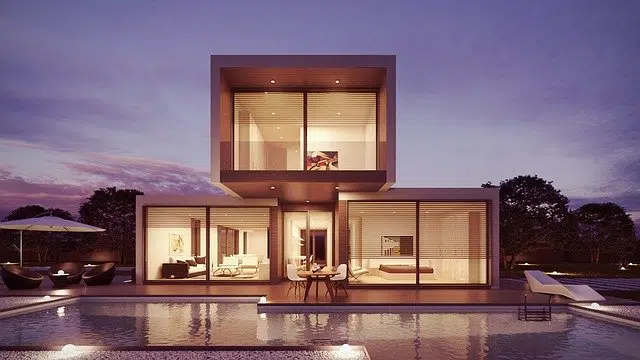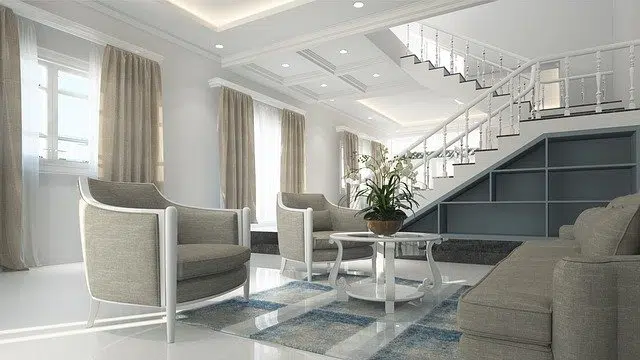
An architectural space aims to offer the appropriate conditions for the well-being of people.
The part that a sensible object occupies, the capacity of a place and the extension that contains the existing matter are some of the definitions of space , a term that has its origin in the Latin word spatium .
Architectural , from the Latin architectonicus , is that belonging to or relating to architecture (the art and technique of designing and constructing buildings).
Notion of architectural space
The notion of architectural space refers to the place whose production is the object of architecture . The concept is under constant review by experts in this matter, since it implies various conceptions. It is correct to affirm that it is a space created by humans (in other words, an artificial space) with the aim of carrying out their activities under the conditions they consider appropriate.
It can be said, therefore, that the main function of an architect is the configuration of appropriate architectural spaces. To achieve this, the architect uses architectural elements that constitute the functional or decorative parts of the work .
The arch, the lintel, the pillar, the column, the wall, the dome, the staircase, the portico and the partition are just some of the architectural elements used by architects when developing architectural space. To obtain an architectural space, it is necessary to delimit the natural space through these constructive elements, which allow it to be configured to create an internal and an external space, which are divided by a built one. According to Robert Venturi, a very influential American architect born in 1925, architecture is born when internal and external space meet .
Living beings are constantly framed in a space; We move through its volume, we see objects and shapes, we feel the breeze, we hear various sounds, we smell fragrances... Space does not have a form by itself; If it were not for the limits imposed on it, for the use of formal elements to define its borders, its appearance , its qualities, its scale and its dimensions would be different. Architecture is considered to be the result of enclosing space, structuring it and shaping it by elements of form.

The decorative arts affect the configuration of architectural space.
Horizontal elements and vertical elements
Some of the characteristics of horizontal elements are the following:
* They may consist of a base plane, elevated or not, that contrasts with the surface that surrounds it;
* some vertical elements can be used to reinforce them;
* You may experience some depression (sink).
On the other hand, vertical elements are distinguished because:
* they may or may not consist of absolutely opaque surfaces, which do not always affect visibility;
* the use of a vertical plane articulates the space in front of which it is located;
* when an "L" configuration is used (two vertical planes joined by a vertex and forming a 90 degree angle) a spatial field is created;
* parallel planes generate an oriented spatial volume;
* the "U" arrangement (three planes, like three faces of an incomplete square) generates a spatial volume oriented to an open end;
* If four planes are placed together, an introverted space is created, which articulates the spatial field that surrounds it.
Architectural space, urban planning and art
The creation of architectural space is also linked to urban planning (which is responsible for configuring the environment ) and the decorative arts .
The delimitation of the architectural space is given through the architectural volume . These two concepts (architectural space and architectural volume) are independent. Sometimes, the perception of both does not coincide. The volume, for its part, may not coincide with the material form that delimits it, since the dimension of the color and textures, the direction of the transparencies and the proportion of the levels may vary.
